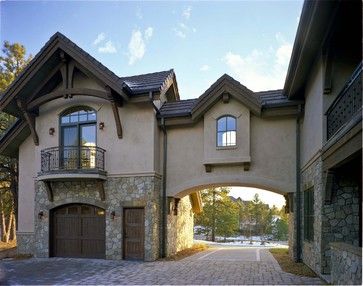 won’t go into too much detail on what a title insurance policy is, though you can read the article here: https://tetonrealtyblog.com/what-is-title-insurance/ which might be a good prerequisite to this article.
won’t go into too much detail on what a title insurance policy is, though you can read the article here: https://tetonrealtyblog.com/what-is-title-insurance/ which might be a good prerequisite to this article.Title insurance on new construction?
 won’t go into too much detail on what a title insurance policy is, though you can read the article here: https://tetonrealtyblog.com/what-is-title-insurance/ which might be a good prerequisite to this article.
won’t go into too much detail on what a title insurance policy is, though you can read the article here: https://tetonrealtyblog.com/what-is-title-insurance/ which might be a good prerequisite to this article. While it may not seem like a big topic to someone in the community not involved with real estate, fire suppression compliance, (or the lack thereof) has recently been a big topic for those in the real estate community.
While it may not seem like a big topic to someone in the community not involved with real estate, fire suppression compliance, (or the lack thereof) has recently been a big topic for those in the real estate community.
 We don’t see a ton of stucco in this area, but have seen it installed in years past. It is also becoming a popular accent material. Also, it is a durable material that rarely needs refinished.
We don’t see a ton of stucco in this area, but have seen it installed in years past. It is also becoming a popular accent material. Also, it is a durable material that rarely needs refinished.